Hey there, fellow adventurer! Ready for an exhilarating expedition through the captivating state of Montana?
In this article, we’ll reveal the fascinating history, the awe-inspiring landscapes, and, of course, the endearing nicknames that make Montana truly one-of-a-kind.
Also, what are the residents of Montana called? You might be wondering.
From its rich mining history to the vibrant tapestry of ethnic communities that call this land home, Montana’s eventful past has woven a tapestry of captivating stories and vibrant cultures.
- Related article: Explore Life in Montana
Let’s uncover Montana’s common and popular nicknames and delve into the deep-rooted connection between Montana’s residents and the breathtaking Rocky Mountains.
Whether you’re a true mountain enthusiast, a history buff, or simply someone seeking an off-the-beaten-path adventure, we’ve got you covered.
Ready to connect with the state of Montana and its fascinating people? Let’s get the ball rolling!
Behind the “Montana” Moniker
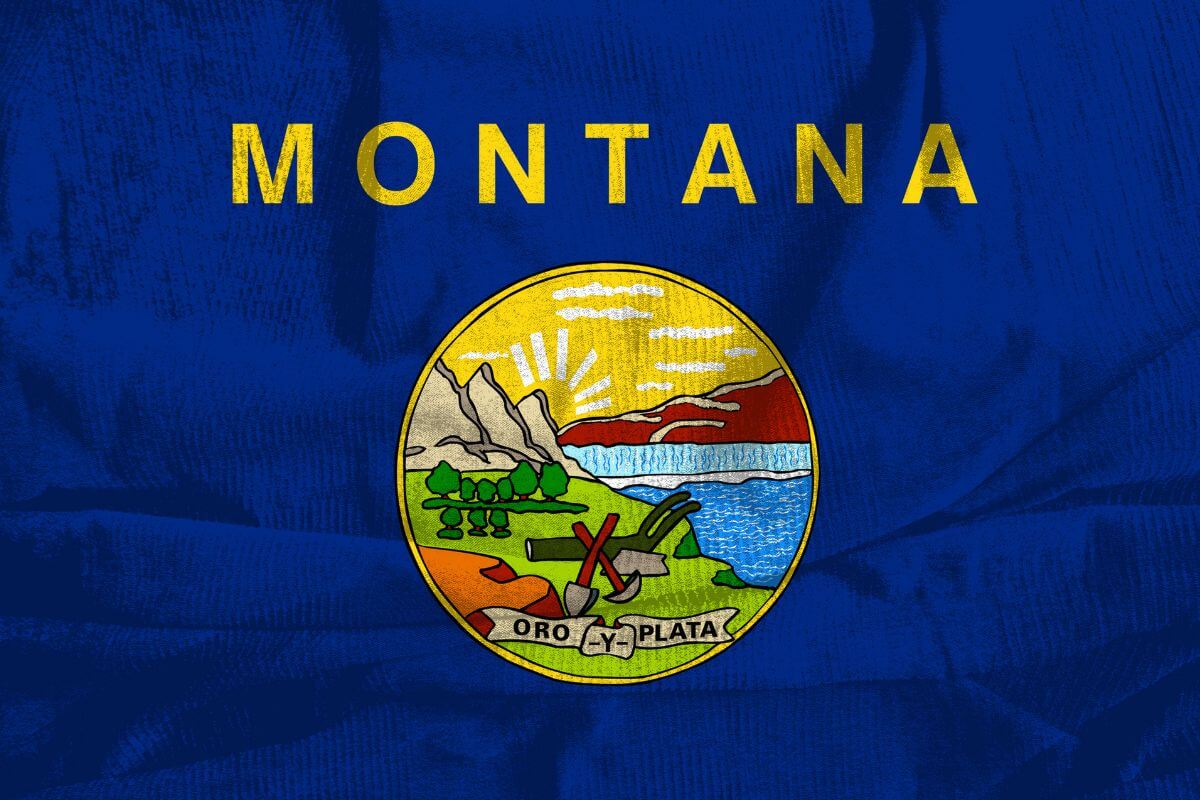
The name “Montana” holds a sense of mystery and ruggedness, perfectly befitting the state’s stunning mountainous landscape.
But have you ever wondered where this name actually originated from? Let’s open the Montana history book to uncover the fascinating roots of the state’s name.
Where Did the Name “Montana” Originate?

Montana’s name finds its origins in the Spanish language. The word “montaña” translates to “mountain” in English.
It is believed that early European explorers, captivated by the majestic Rocky Mountains, coined the name Montana to pay homage to the state’s breathtaking natural features.
A deeper dive into the pages of history reveals that the name Montana was first proposed by Chairman James Ashley, who was serving in the U.S. House of Representatives.
In 1864, Ashley advocated for the creation of the Idaho Territory, encompassing what is now Montana. It was during this proposal that he suggested the name Montana, inspired by its mountainous grandeur.
The Idaho Territory was eventually divided on May 26, 1864, and Montana officially became a separate territory.
From that moment onward, the name Montana became synonymous with the untamed wilderness, rich natural resources, and captivating history that the state holds.
Montana’s Various Nicknames
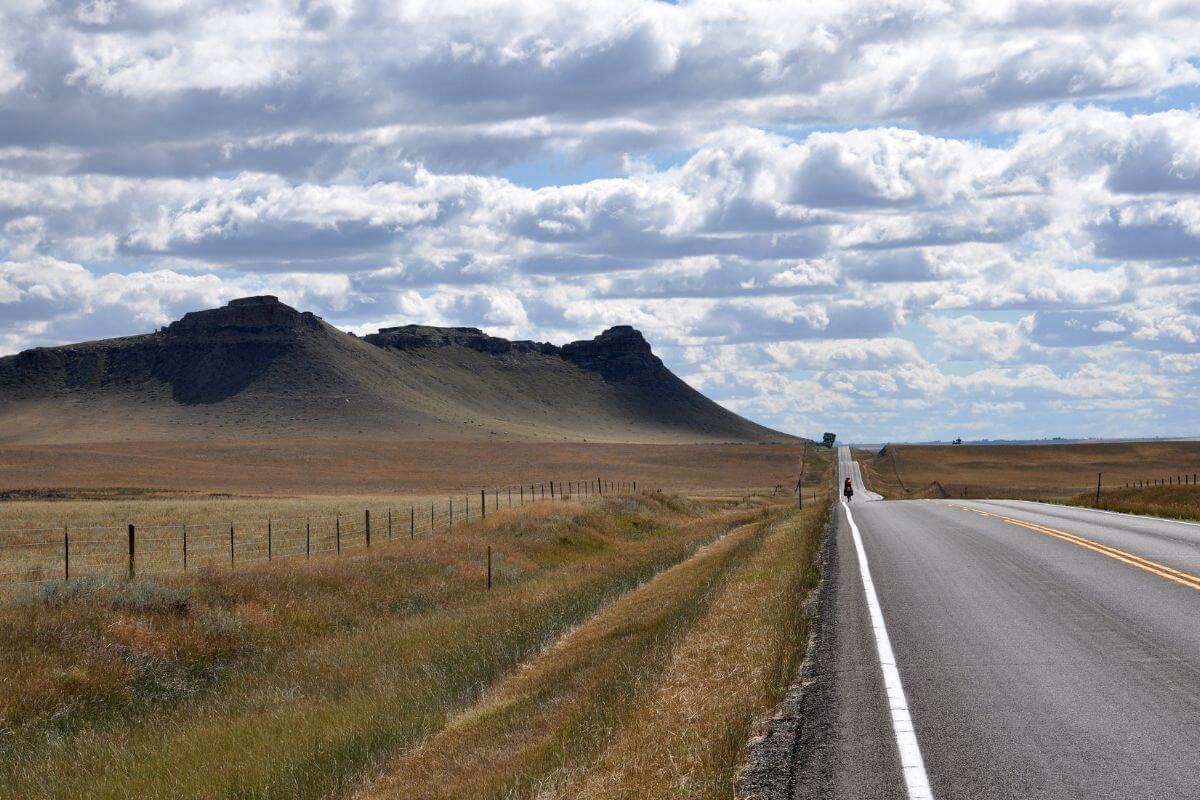
Montana, known as “The Treasure State”, holds a collection of captivating and colorful nicknames that speak to its rich history, majestic landscapes, and abundant natural resources.
Allow us to take you on a tour of the many monikers that have come to represent this remarkable state.
- Big Sky Country – Montana’s vast open spaces and endless horizons inspired the nickname “Big Sky Country,” reflecting the state’s breathtaking skies.
- Bonanza State – The nickname “Bonanza State” was coined by Judge John Wasson Eddy as a tribute to Montana’s mining history and the Bonanza Mines that once yielded riches and prosperity.
- Land of Shining Mountains – “Land of Shining Mountains” perfectly captures the awe-inspiring beauty of Montana’s mountainous landscapes, including the iconic Rocky Mountains.
- The Last Best Place – Montana’s combination of unspoiled natural beauty, thriving communities, and a sense of freedom earned it the beloved and fitting nickname “The Last Best Place”.
- Stub-Toe State – With a touch of humor, “Stub-Toe-State” alludes to Montana’s rugged terrain that can occasionally trip up the unwary traveler.
- Headwaters State – Named after its numerous pristine rivers and streams, Montana is honored with the nickname “Headwaters State” as the birthplace of many major waterways.
- Mountain State – As one would expect, Montana’s diverse and captivating mountain range lends itself to the straightforward yet powerful nickname “Mountain State”.
- Montana: High, Wide, and Handsome – “Montana: High, Wide, and Handsome” serves as an homage to the state’s extraordinary natural splendor, with spacious valleys, towering peaks, and a sense of grandeur.
- Montana – Unspoiled, Unforgettable – “Montana – Unspoiled, Unforgettable” is a description that evokes Montana’s timeless charm and the enduring memories visitors create when exploring its boundless wonders.
- Montana – Naturally Inviting – “Montana – Naturally Inviting” highlights the warm and welcoming nature of Montana’s communities and its invitation to experience its natural beauty.
- The 406 – “The 406” is a direct reference to Montana’s telephone area code. This nickname is embraced by locals and symbolizes a sense of pride and belonging.
- EZ 2 LUV – Montana’s enchanting landscapes and friendly communities make it easy to fall in love with this captivating state. Hence, the nickname “EZ 2 LUV”.
- The Treasure State – Finally, “The Treasure State” is Montana’s official nickname and highlights its valuable and abundant mineral wealth, including gold, silver, and copper.
Through its various nicknames, Montana offers a glimpse into its remarkable history, diverse geography, and remarkable allure.
From its abundant natural resources to its eventful past, Montana’s aliases add a layer of depth to the story of Big Sky Country, ensuring that it remains an unforgettable destination for all who visit.
What Do You Call the Residents of Montana?
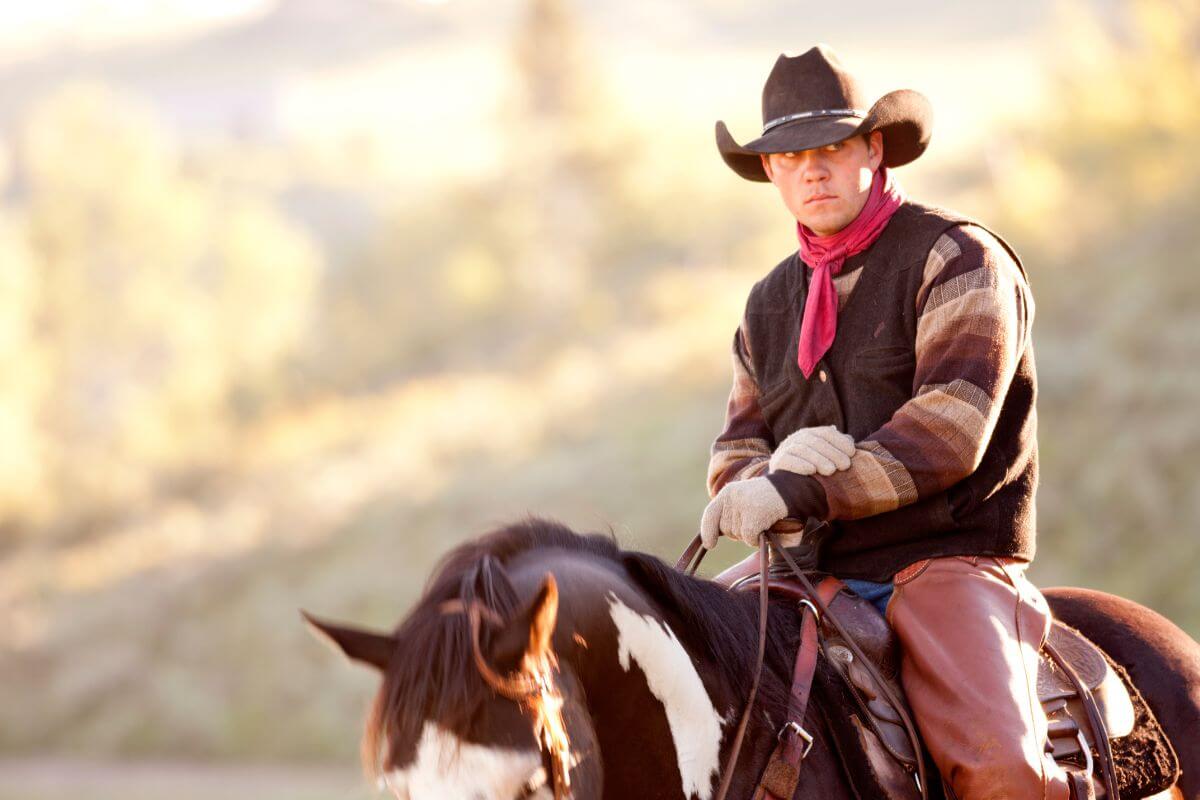
When it comes to addressing the proud individuals who call Montana home, the appropriate demonym is Montanan.
This term is commonly used to refer to the people of Montana and can be employed in both formal and informal contexts.
Whether you find yourself in a conversation with a Montanan at a lively community event or engaged in a more formal setting, the term Montanan graciously encompasses the residents of this captivating state.
So, whether you’re relishing the dynamic history, indulging in the breathtaking landscapes, or simply enjoying the warm hospitality of Montana, you can comfortably and confidently refer to its residents as Montanans.
Montana Population Demographics: A Deep Dive
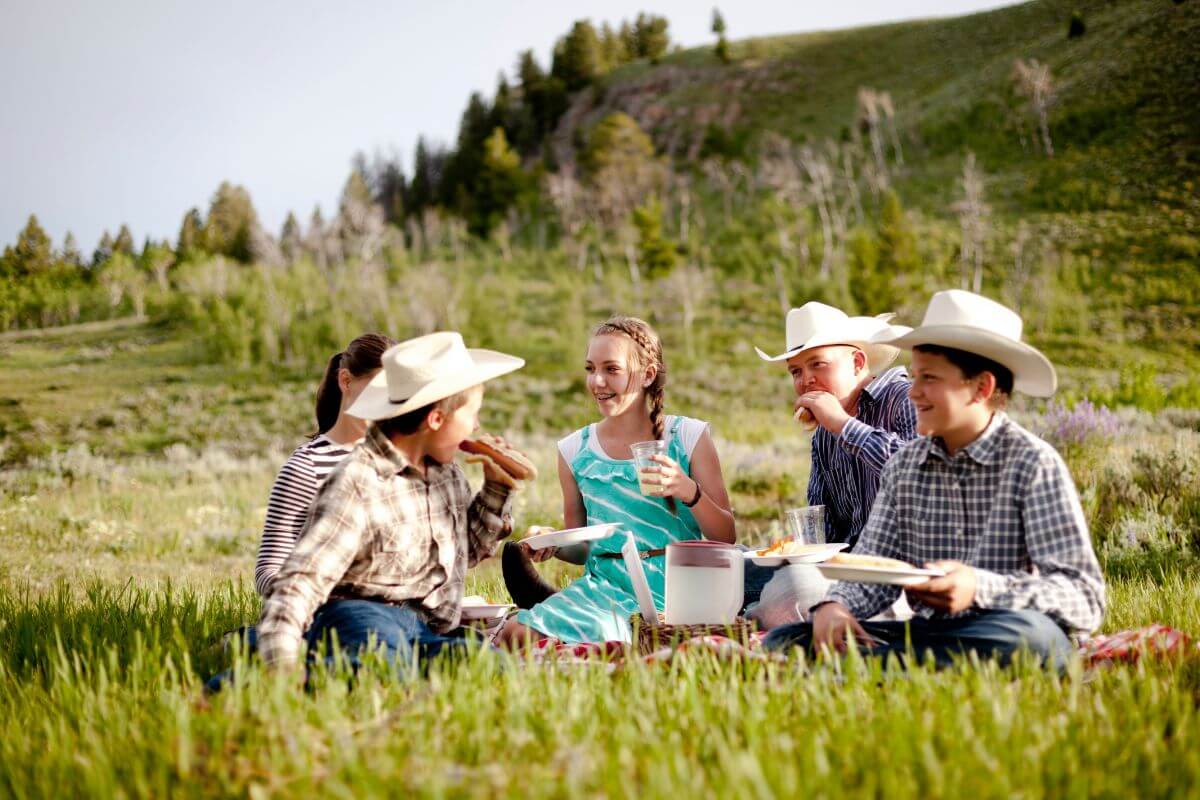
Once you start exploring Montana’s population demographics, you’ll quickly realize the rich tapestry of races and ethnicities that call this state home.
Montana’s White Population
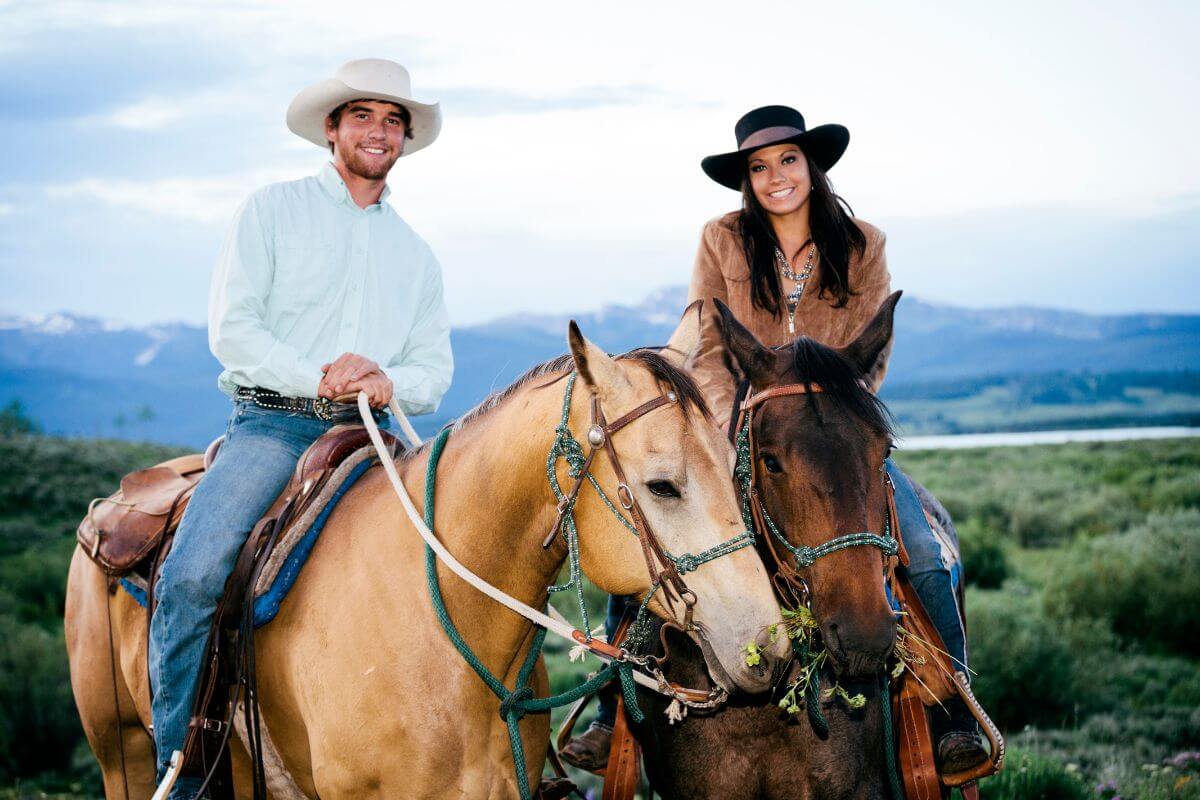
Montana’s White population plays a significant role in shaping the state’s demographics, comprising 88.7% of the overall population according to the US Census Bureau.
The history of white settlement in Montana is rooted in a rich tapestry of contributions that have helped shape the state’s economy and culture.
From the early days of settlement, white pioneers played a pivotal role in introducing Christianity to the land and establishing communities that would flourish and grow.
Their arrival brought with them essential manufactured goods such as blankets, cookware, knives, and guns, which proved vital for survival and trade.
White settlers also played a crucial role in promoting agricultural practices in Montana, transforming the vast landscapes into fertile grounds for farming and ranching.
Their dedication and perseverance led to the growth of a robust agricultural industry, contributing significantly to Montana’s economy.
Additionally, the construction of a sawmill by white settlers brought about a new era of development and prosperity.
This infrastructure not only provided jobs but also laid the foundation for the state’s burgeoning logging industry, further fueling economic growth.
The white population’s contributions to Montana’s economy are inseparable from their impact on the state’s culture.
Their diverse backgrounds and experiences brought forth a blending of traditions, customs, and values, enriching the social fabric of Montana.
Montana’s Native American Inhabitants
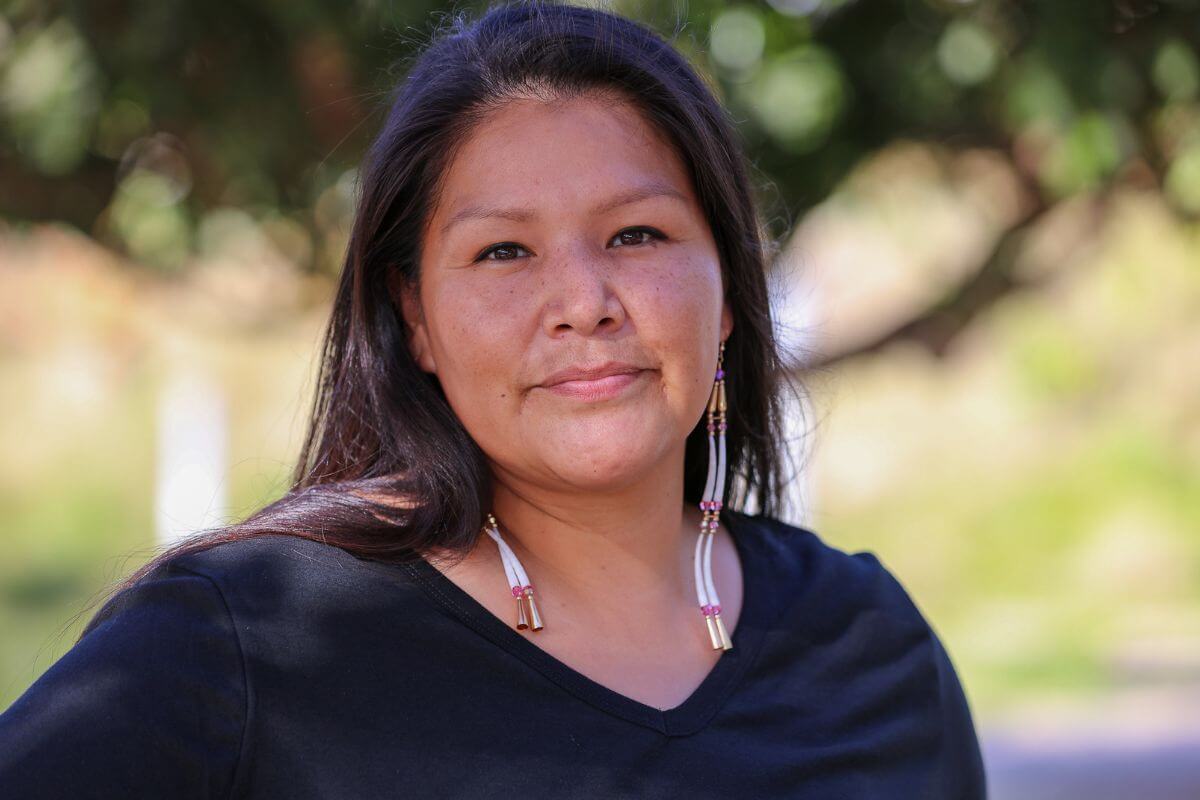
Native Americans, which include Alaska natives, make up 6.5% of Montana’s overall population, and their influence and traditions are deeply rooted in the fabric of the state.
From time-honored events like the North American Indian Days, Heart Butte Celebration, and Annual Arlee 4th of July Celebration, to the vibrant Standing Arrow Pow Wow, Montana’s Native American community embraces their cultural heritage with pride and joy.
Cultural heritage sites like Glacier National Park, known as the “Backbone of the World” to the Blackfeet tribe, the Museum of the Plains Indian, the Blackfeet Historic Trail, and the majestic Flathead Lake uncover the tales and legacies of the Indian tribes that have called this land home for centuries.
Notably, Montana is home to two iconic Indian reservations: the Blackfeet Reservation, spanning 1.5 million acres in Northwest Montana, and the Flathead Reservation, covering 1.317 million acres.
These reservations, established by a constitutional mandate, are living testaments to the enduring cultural and political history of the indigenous peoples.
Native American traditions and contributions continue to shape the state’s identity and add depth to its vibrant tapestry of ethnic history.
Montana’s Black Community

Montana’s history is a tapestry woven with the stories of diverse communities, including its vibrant Black population.
The black narrative in Montana stretches back to the early 19th century.
It is a tale that begins with the arrival of African American slaves as part of the historic Lewis and Clark Expedition, which reached Montana in 1805.
Among the early pioneers of Montana’s black history was Edward Rose, a black man who played a pivotal role in Manuel Lisa’s fur trade expedition in 1807.
Rose’s bravery and resilience in the face of adversity exemplify the indomitable spirit that would become emblematic of Montana’s Black community.
In the late 19th century, African American Montanans sought to create spaces of worship and solidarity.
Two significant pillars of the community emerged: St. James African Methodist Episcopal Church, founded in 1888, and Union Bethel African Methodist Episcopal Church in 1891.
These churches served not only as places of worship but also as hubs for cultural preservation and social activism.
The cultural contributions of Montana’s Black community extend beyond their religious institutions.
In 1894, the pioneering publication “The Colored Citizen” became Montana’s first black newspaper, amplifying the voices and stories of African Americans in Montana.
This milestone marked a significant step forward in the quest for equality and recognition.
With a current population of approximately 0.6%, according to the US Census Bureau, Montana’s African American residents continue to make their mark on the rich tapestry of the state’s history.
From community organizations to the arts, their contributions can be seen and felt throughout the land.
Montana’s Asian and Pacific Islander Residents

From their deep-rooted love for family and friends to their remarkable military service, Montana’s Asian and Pacific Islander residents have woven their own unique threads into the fabric of Montana’s history.
One notable chapter in this narrative is the legacy of Chinese migrants who settled in Montana.
In bustling Butte, they established a vibrant Chinatown, creating an enduring presence for their community.
Operating businesses and forging connections, these industrious individuals left an indelible mark on the economic and social landscape of Montana.
It is important to acknowledge that this story, like many others in American history, was not without its challenges.
In 1882, the Chinese Exclusion Act halted Chinese immigration to the state, a deeply regrettable chapter in our nation’s past.
Yet, even in the face of adversity, the Asian and Pacific Islander residents of Montana have persisted, protecting the Constitution and cherishing the freedoms that define our great nation.
According to the US Census Bureau, Asians constitute 1.1% and Native Hawaiians and other Pacific Islanders contribute 0.1% to Montana’s overall population.
These numbers may appear small, but their impact is immeasurable.
From vibrant heritage celebrations to civic engagement, Asian and Pacific Islander communities in Montana continue to contribute to the state’s cultural fabric, enriching our collective experience with their traditions and perspectives.
Their enduring love for family, dedicated military service, and vibrant cultural celebrations serve as a reminder that our state is all the more exceptional due to their presence.
Native Montanans vs the Rest of the Montana Population: A Comparative Analysis
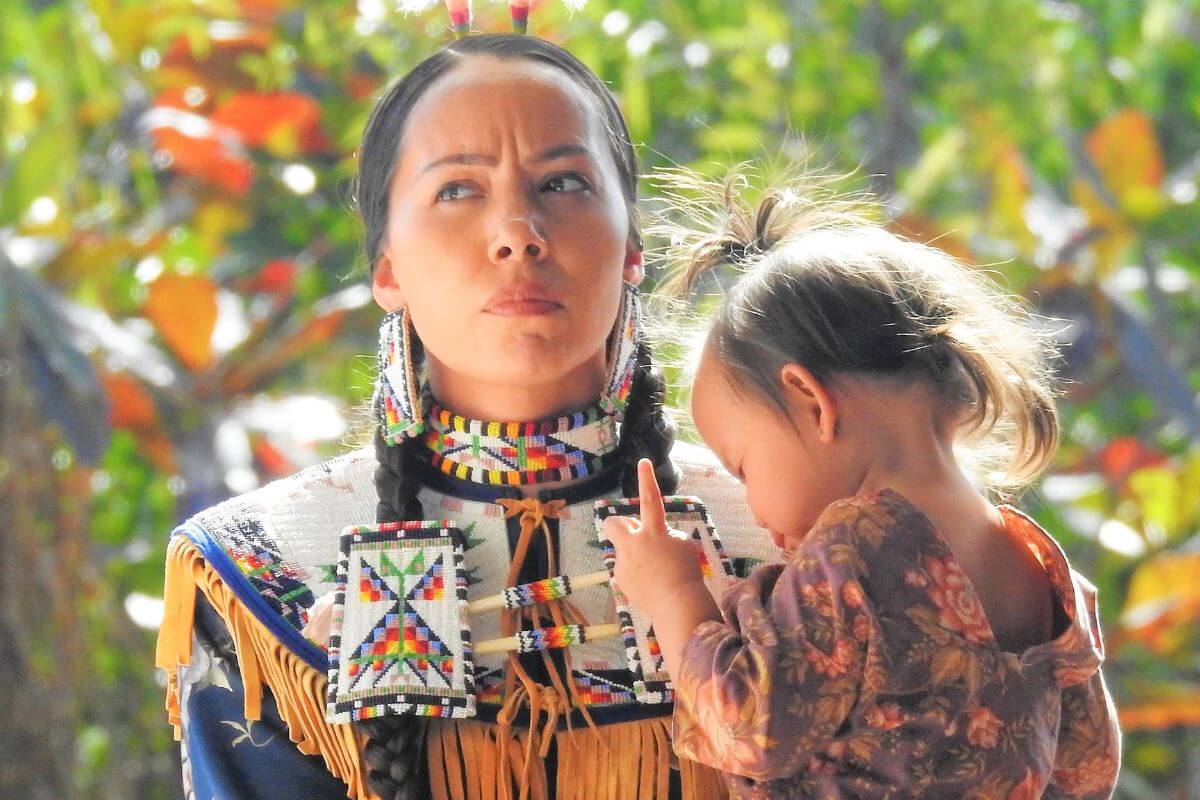
Being a born-and-raised Montanan is more than just a geographical fact; it’s a badge of authenticity—a marker of belonging in the Last Best Place.
Native Montanans possess an intangible sense of identity tied to their birthplace, a connection to the land and its history that shapes their character and perspective.
Discover the distinctive characteristics that set Native Montanans apart from the rest of the state’s population by exploring the following key aspects.
| Key Aspect | Native Montanans | Rest of Montana’s Population |
| Geographical Fact | Born and raised in Montana | May have been born outside of Montana |
| Identity | Strong sense of identity | May have a different sense of identity |
| Connection to Land | A deep connection to the land | Connection to land may vary |
| Historical Significance | Cultural and historical significance in areas like Glacier County | Less historical significance in terms of being a native Montanan |
| Job Growth | Contribution to traditional communities with stagnant/negative job growth | May contribute to faster-growing economies |
| Character Traits | Resilience, resourcefulness, reverence | Varied character traits |
| Shared Understanding | Common bond and shared understanding | Differences in understanding and experience |
| Cultural Tapestry | Contribute to the state’s rich cultural tapestry | Adds to the diversity of the cultural tapestry |
In the great expanse of Montana, being a Native Montanan is not just about where you were born.
It’s about a shared understanding, a common bond that binds us together in the spirit of this magnificent state.
Montana’s Residents and Nicknames Final Thoughts
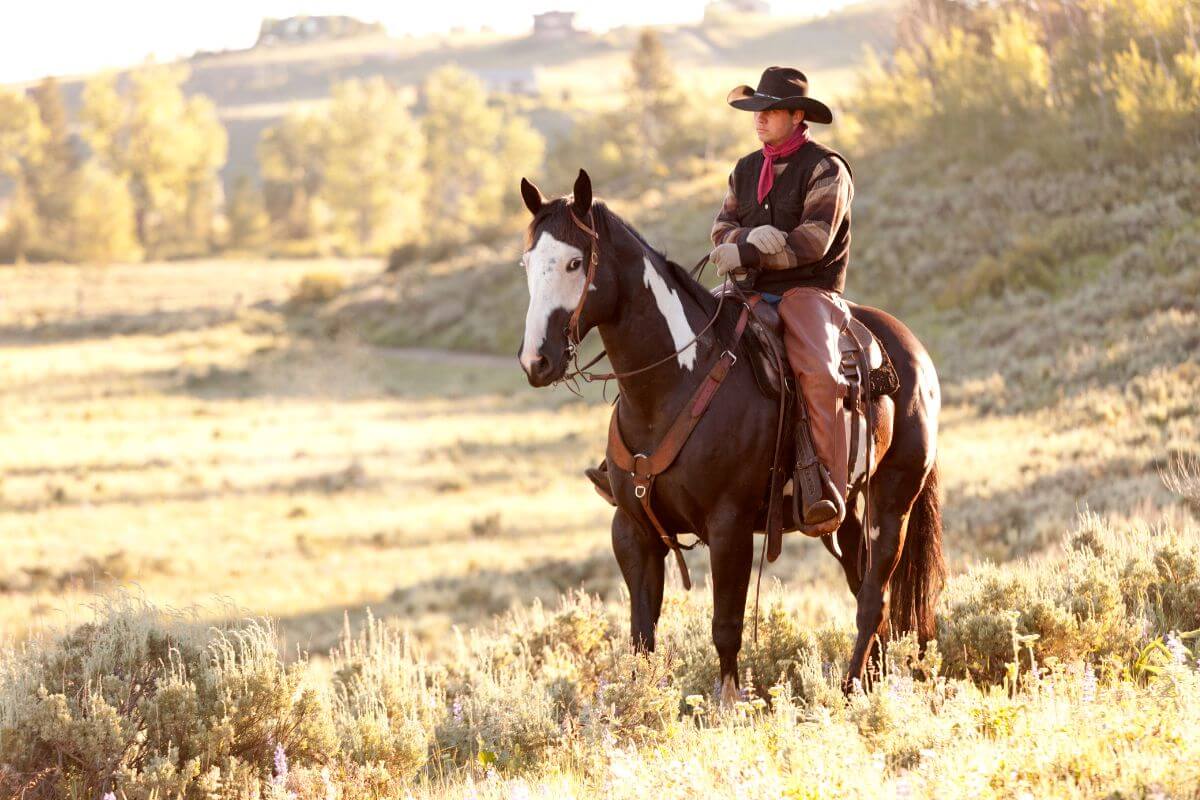
Known as “The Treasure State”, among many other fitting nicknames, Montana captures the essence of the American West with its vast open spaces, majestic Rocky Mountains, and abundant natural resources.
The deep love and admiration that people have for Montana is palpable from the moment you set foot in this incredible state.
In a world that seems to be moving at an ever-increasing pace, Montana offers a refuge from the chaos. It’s a place where time seems to slow down, allowing you to truly connect with nature and with yourself.
Whether you’re a Native Montanan or a newcomer, one thing is certain – Montana will find a way to capture your heart and leave an indelible mark on your soul.
Montana’s Residents and Nicknames FAQs
1. What Does the Name Montana Mean?
Derived from the Spanish word for “mountainous”, the name “Montana” perfectly encapsulates the rugged beauty and awe-inspiring landscape that defines this captivating state.
Montana is home to the majestic Rocky Mountains, a breathtaking range that graces its borders and adds a touch of grandeur to its already enchanting allure.
2. What Is Montana’s Official Nickname?
When it comes to Montana’s official nickname, “The Treasure State”, Montana holds a story that’s as captivating as the sunsets painting the expansive Rocky Mountains.
This evocative moniker speaks to the abundant natural resources that lay hidden beneath Montana’s rugged terrain.
3. How Many Other Nicknames Does Montana Have?
Alongside the well-known monikers like “The Treasure State” and “Big Sky Country,” there are a plethora of lesser-known nicknames that speak to the heart and soul of this captivating land, and these are:
- Bonanza State
- Land of Shining Mountains
- The Last Best Place
- Stub-Toe State
- Headwaters State
- Mountain State
- Montana: High, Wide, and Handsome
- Montana – Unspoiled, Unforgettable
- Montana – Naturally Inviting
- The 406
- EZ 2 LUV
4. Why Is Montana Called “The Treasure State”?
Montana has been blessed with a bounty of precious metals, including gold and silver, that have shaped its history and earned it the proud title of “The Treasure State”.
It’s no wonder that the state motto of Montana is “Oro y Plata,” meaning Gold and Silver in Spanish, a testament to the importance of these precious resources.
5. What Percentage of the Montana Population Is Native American?
According to the US Census Bureau, the Native American population, including Alaskan Natives, in Montana stands at 6.5%.
This percentage speaks volumes about the cultural diversity and the significance of Native American contributions to the state’s identity.
6. How Much of the Montana Population Is White?
Montana’s white population comprises a significant majority, standing at a staggering 88.7% of the overall population.
Though this figure may seem high, it’s essential to recognize the incredible assortment of minority communities that find a home in Montana’s embrace.
To discover more about Montana, ignite your curiosity with these articles:
- https://mt.gov/discover/brief_history.aspx
- https://www.bia.gov/as-ia/opa/online-press-release/origin-names-us-states
- https://www.census.gov/quickfacts/MT
- https://mhs.mt.gov/Shpo/AfricanAmericans/History/Timeline
- https://www.journals.uchicago.edu/doi/abs/10.1086/JAAHv91n1p23?journalCode=jaah
- https://www.archives.gov/milestone-documents/chinese-exclusion-act

